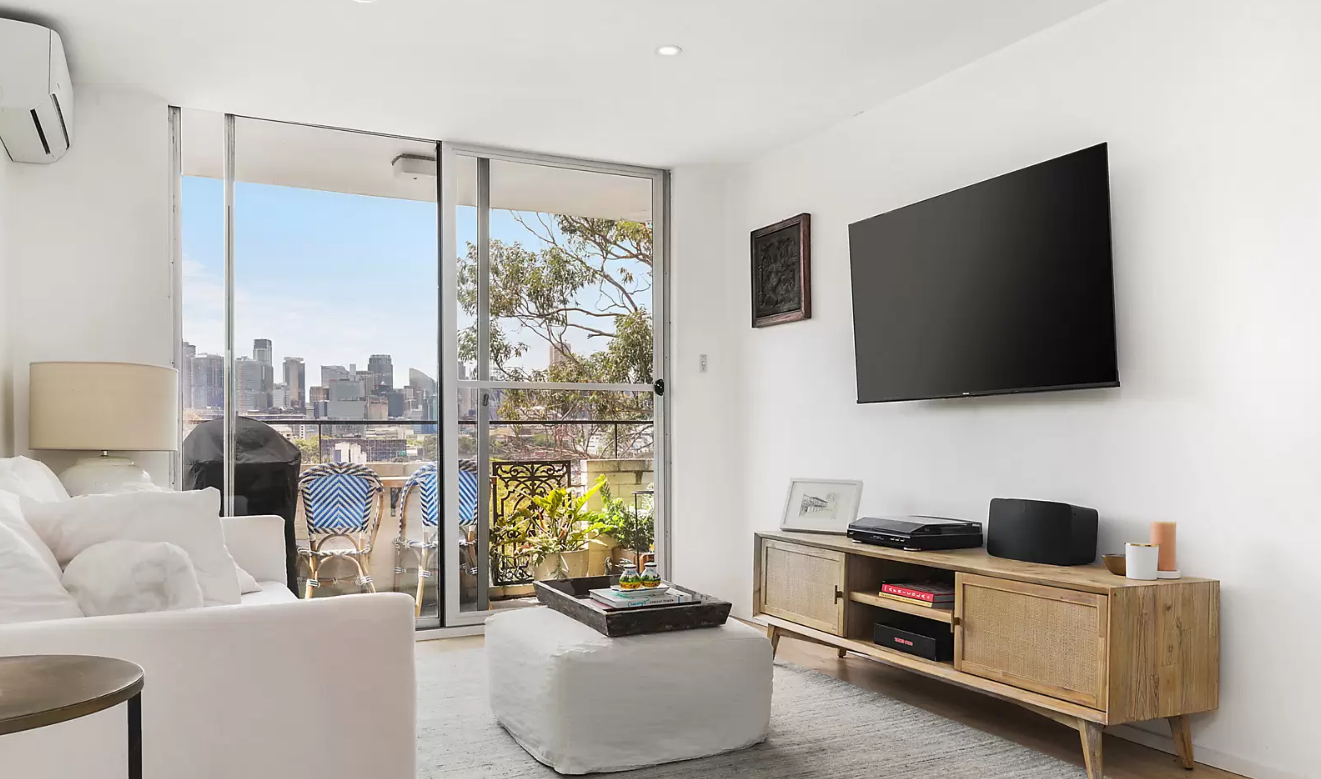
How to Evaluate a Property for Short-Term or Long-Term Rental: A Revenue, Capex, and Opex Guide
If you’re considering whether a property is better suited for short-term rentals (like Airbnb) or long-term leases, understanding the financials is key. At My Air Host, we help property owners make informed decisions to maximize revenue and manage costs effectively. Here’s a step-by-step guide to evaluate your property for either short-term or long-term rental options using a typical 2 bedroom apartment in Glebe as an example.

1. Revenue Potential: Short-Term vs Long-Term
Short-Term Rentals
- Higher Daily Rates: Short-term rentals generally command a higher nightly price compared to monthly rates.
- Seasonality: Revenue can fluctuate based on demand, holidays, and local events.
- Occupancy Rate: The percentage of days your property is booked is critical. Aim for a 70-80% occupancy rate to optimize earnings.
Example Calculation:
- Nightly Rate: $350
- Average Occupancy: 70%
- Monthly Revenue: $350 x (30 days x 70%) = $7,350/month
Long-Term Rentals
- Steady Income: Long-term leases provide consistent monthly income without the highs and lows of short-term demand.
- Lower Vacancy Risk: Tenants typically commit to 6-12 months, reducing turnover and marketing costs.
Example Calculation:
- Weekly Rent: $900
- Monthly Rent: $900 x 4.33 (weeks per month) = $3,897/month
- Annual Revenue: $3,897 x 12 = $46,764/year
Pro Tip: Compare annualized income for both options to determine revenue potential. Short-term rentals can significantly outperform long-term leases in high-demand areas but may require more effort to maintain occupancy.
2. CapEx (Capital Expenditures): What’s Your Upfront Investment?
Short-Term Rentals
Short-term rentals require higher upfront costs to attract guests and provide a premium experience:
- Furnishing & Design: High-quality furniture, modern decor, and amenities (WiFi, kitchen supplies, smart TVs) are essential.
- Photography & Listing Setup: Professional photos and platform fees are needed to market the property effectively.
- Compliance: Depending on location, short-term rentals may require licenses or safety upgrades.
Estimated CapEx for a 2-Bedroom Apartment:
- Furnishing: $10,000
- Setup Costs (Photography, Licenses, etc.): $2,500
- Total: $12,500
Long-Term Rentals
Long-term rentals typically have lower CapEx as tenants furnish the property themselves:
- Repairs & Maintenance: Basic upgrades like painting or fixing utilities.
- Marketing: Minimal costs to advertise for tenants.
Estimated CapEx for a 2-Bedroom Apartment:
- Repairs/Upgrades: $3,000
- Marketing: $500
- Total: $3,500
Consider This: If the short-term rental revenue outweighs long-term rental income over time, the higher upfront costs may be worth it.
3. Operating Expenses (OpEx): Managing Day-to-Day Costs
Short-Term Rentals
Operating expenses for short-term rentals are generally higher due to frequent turnovers and guest expectations:
- Cleaning & Laundry: $100-$150 per turnover.
- Utilities: Electricity, water, internet, and streaming services.
- Maintenance: Regular upkeep to ensure 5-star guest experiences.
- Platform Fees: Airbnb and similar platforms charge 3-15% of revenue.
- Property Management Fees: Professional managers typically charge 10% of monthly revenue.
Monthly Short-Term Rental OpEx Example:
- Cleaning (8 turnovers): $800
- Utilities: $300
- Maintenance: $200
- Platform Fees (10% of $7,350): $735
- Property Management (15% of $7,350): $1,103
- Total Monthly OpEx: $3,138
Long-Term Rentals
Long-term rentals have lower day-to-day costs as tenants are responsible for utilities and minor maintenance:
- Property Management Fees: ~5-8% of monthly rent.
- Maintenance: Less frequent but larger repairs may arise.
Monthly Long-Term Rental OpEx Example:
- Property Management: $312 (8% of $3,897)
- Maintenance: $150
- Total Monthly OpEx: $462
Quick Tip: Calculate your Net Operating Income (NOI) for both options:
- NOI = Revenue – Operating Expenses
4. Breaking Down the Numbers: A Case Study
Let’s evaluate a property in Sydney for both short-term and long-term rental:
| Metrics | Short-Term Rental | Long-Term Rental |
|---|---|---|
| Monthly Revenue | $7,350 | $3,897 |
| Monthly OpEx | $3,138 | $462 |
| Monthly NOI | $4,212 | $3,435 |
| Annualized NOI | $50,544 | $41,220 |
| Upfront CapEx | $12,500 | $3,500 |
Takeaway: While short-term rentals deliver higher NOI, they come with higher OpEx and CapEx. Long-term rentals offer steadier income but may limit overall returns.
5. Key Considerations When Choosing Your Rental Strategy
- Location: High-tourism areas or business hubs favor short-term rentals. Suburban and family-oriented areas suit long-term leases.
- Time Commitment: Short-term rentals require more active management (or a property manager) compared to long-term leases.
- Cash Flow Goals: If maximizing revenue is a priority, short-term rentals may be the way to go. For passive income, long-term rentals provide stability.
Final Thoughts
Evaluating a property for short-term or long-term rental requires a clear understanding of revenue potential, CapEx, and OpEx. Short-term rentals often provide higher returns but require greater investment and management. Long-term rentals deliver steady, predictable income with lower costs.
At My Air Host, we specialize in helping property owners maximize their returns with expert advice and property management solutions. Whether you’re exploring short-term opportunities or want to optimize long-term rental income, we’re here to guide you every step of the way.
Need help deciding? Contact us today to unlock your property’s full potential!

